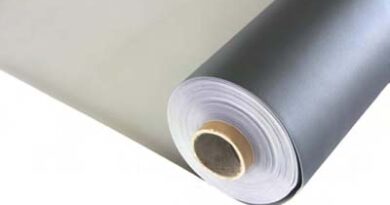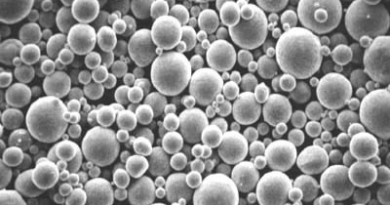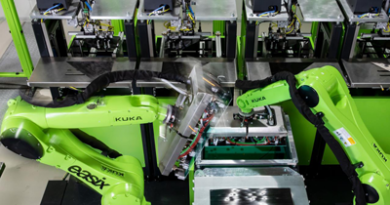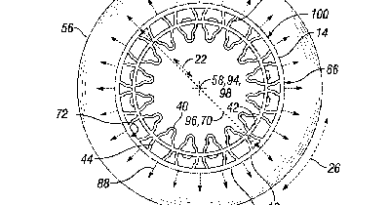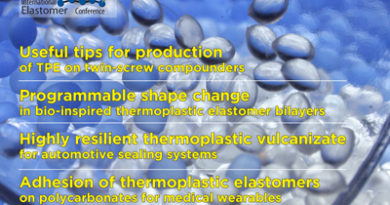Novel value-added thermoplastic elastomers bonding to polyamides
Bonding thermoplastic elastomers to polar and non-polar substrates has been widely studied in the past few decades to create products that enhance ergonomic comfort and functionality. Overmolding a TPE compared to two-shot molding is a litmus test for bonding the material to the substrate. The TPE must wet the cold surface and must melt a few nanometers of the surface of the substrate that is being overmolded on to facilitate bonding.
Read More

